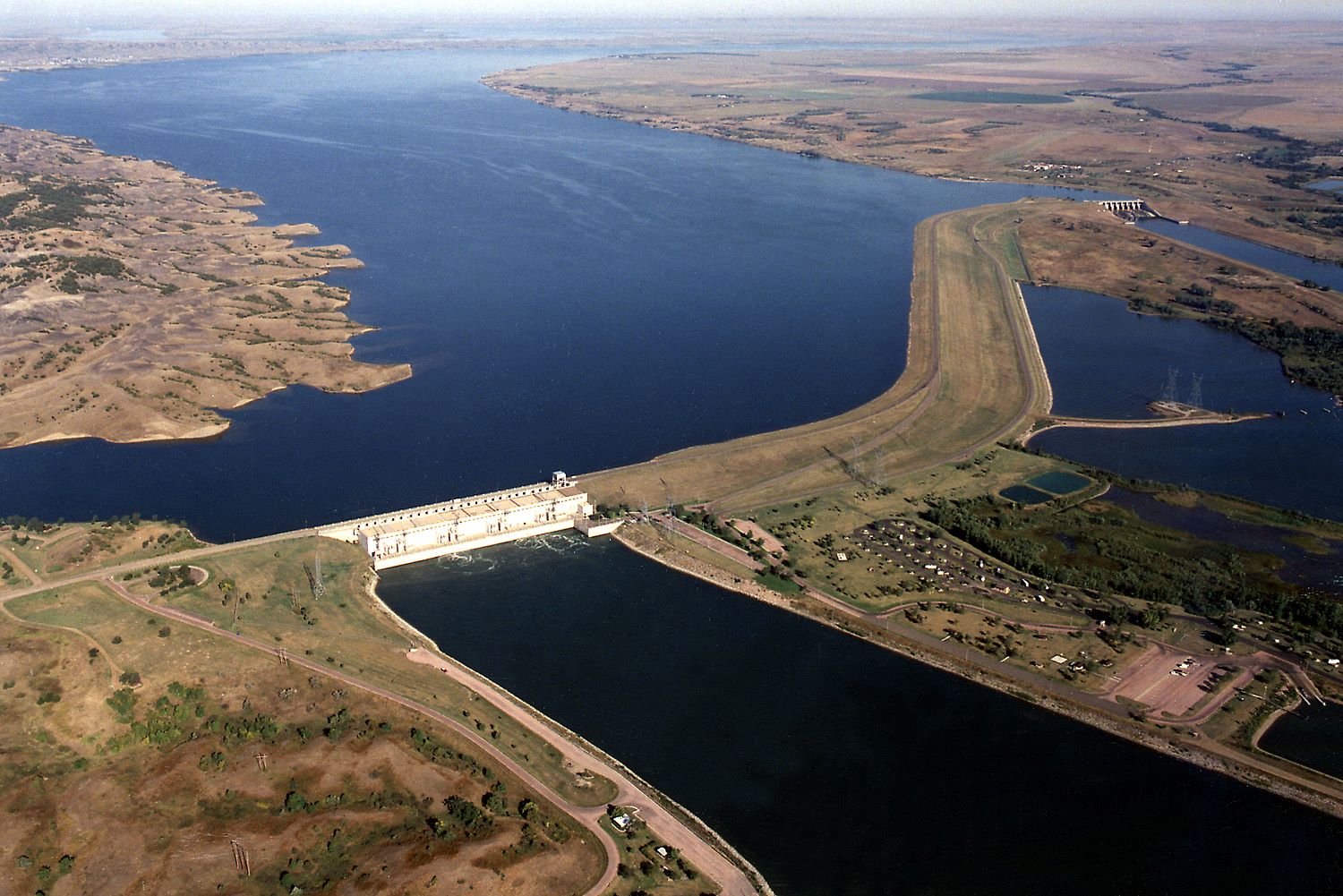Lost Trading Routes Of South Dakota’s Missouri River

Have you ever thought about the hidden stories of the Missouri River in South Dakota? This mighty river isn't just a waterway; it's a path that once buzzed with traders, explorers, and Native American tribes. Long before highways crisscrossed the land, the Missouri served as a vital trade route. Imagine boats loaded with furs, tools, and food, drifting along its currents. The river connected distant communities, allowing them to share goods and ideas. Today, the echoes of those bustling days linger in the air. Exploring these lost trading routes offers a glimpse into a time when the river was a lifeline for many. Whether you're a history buff or just curious, the Missouri River's past is a treasure waiting to be discovered.
Ancient Pathways of the Missouri River
The Missouri River in South Dakota holds secrets of ancient trading routes. These paths were once bustling with traders, explorers, and indigenous peoples. Let's journey through some of these historic spots.
1. Fort Pierre Chouteau
Fort Pierre Chouteau was a major trading post in the 1800s. Located near present-day Fort Pierre, it was a hub for fur traders and Native American tribes. The fort's strategic position made it a key player in the trade network.
2. Yankton Sioux Trading Grounds
The Yankton Sioux tribe had significant trading grounds along the Missouri River. These areas were vital for exchanging goods like buffalo hides and beads. The river provided a natural highway for transporting goods.
3. Big Bend of the Missouri
The Big Bend is a unique curve in the river that created a natural meeting point. Traders and travelers often stopped here to rest and barter. Its distinctive shape made it an easy landmark for navigation.
4. Crow Creek Trading Post
Crow Creek was another important trading post along the Missouri. It served as a crossroads for various tribes and European traders. The post facilitated the exchange of goods and culture.
5. Fort Randall
Fort Randall was established to protect settlers and traders along the river. It became a center for trade and military operations. The fort's presence ensured safe passage for those navigating the Missouri.
6. Chamberlain's Riverfront
Chamberlain's riverfront was a bustling area for trade and transport. The town's location made it a convenient stop for steamboats and traders. Its vibrant history is still evident in the local culture today.
7. Lewis and Clark's Campsites
Lewis and Clark's expedition left a lasting mark on the Missouri River. Their campsites along the river became points of interest for future explorers and traders. These sites offer a glimpse into the early days of American exploration.
8. Fort Thompson
Fort Thompson was a key location for trade and communication. It connected various trading routes and served as a gathering place for different cultures. The fort played a crucial role in the region's economic development.
9. Pierre's Trading Legacy
Pierre, the capital of South Dakota, has a rich trading history. Its location along the Missouri made it a central hub for commerce. The city's legacy as a trading center continues to influence its growth and culture.
Rediscovering South Dakota's Hidden Past
South Dakota's Missouri River holds secrets of ancient trading routes that shaped the region's history. These paths were vital for Native American tribes and early settlers, facilitating the exchange of goods, ideas, and cultures. Exploring these routes offers a glimpse into the past, revealing how communities thrived and interacted. The river's banks, once bustling with trade, now serve as a reminder of the area's rich heritage.
Understanding these routes helps appreciate the ingenuity and resilience of those who navigated them. It also highlights the importance of preserving this history for future generations. As you explore South Dakota, consider the stories hidden within its landscapes. The lost trading routes of the Missouri River are more than just paths; they are a testament to the enduring spirit of exploration and connection. Embrace this journey into the past and uncover the stories that shaped the present.

